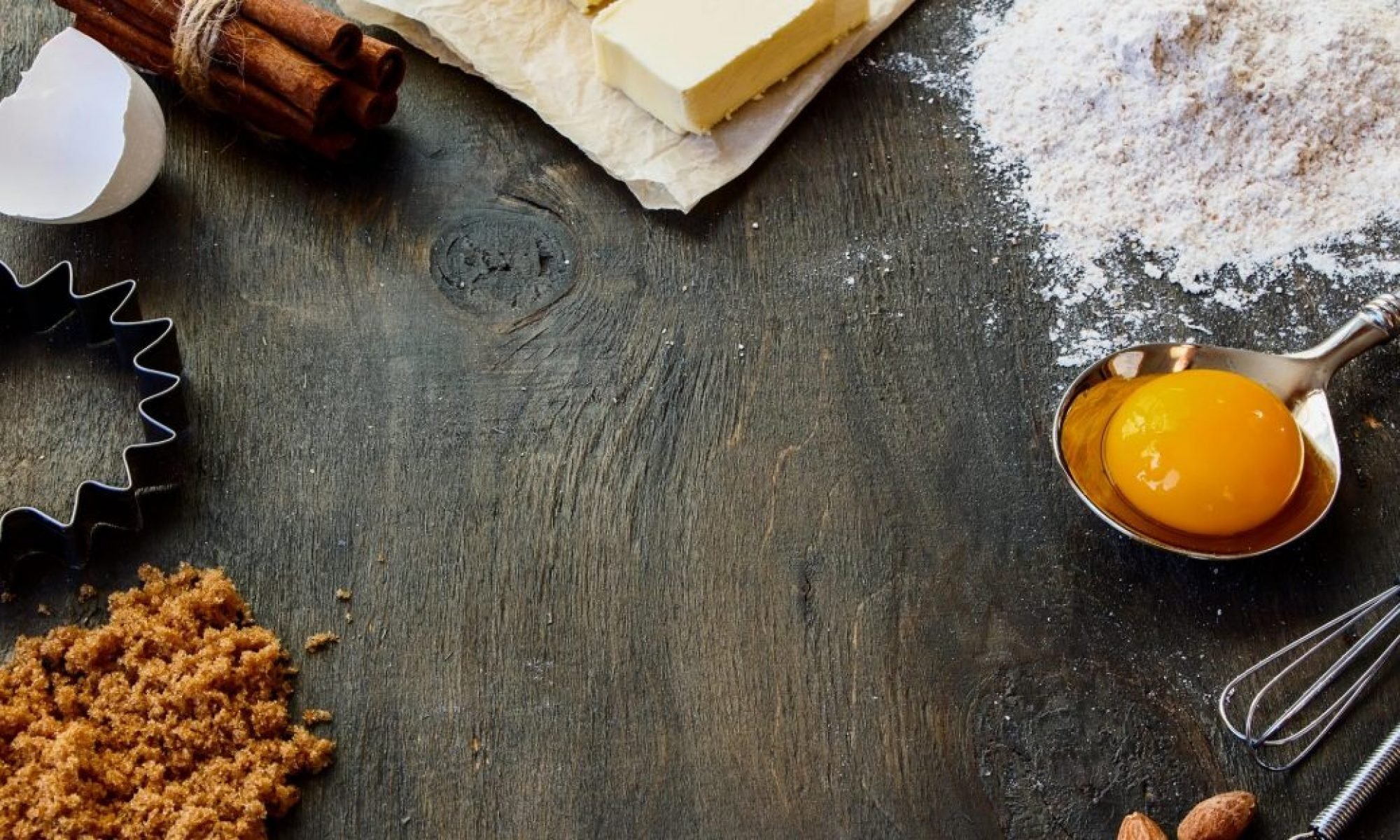Royal icing is hard white icing often used for decorating. It can also be made soft by adding glycerin. The only difference between regular and gluten-free royal icing recipe are the brand you use to make it. I have included the brands that meet the guidelines for gluten-free labeling. Royal icing isn’t always easy to make because you need to reach the correct consistency for the best results. I have included some tips to make your job easier. The decorations made from this icing can keep for months. Enjoy and have fun! Royal icing is used to make decorations such as flowers and other designs for cakes. You can also use it directly on cookies. For cake decorations, you pipe the designs onto parchment paper and allow them to harden. As any icing, they make edible decorations. When making hard decorations, omit the glycerin.

The perfect firm icing for decorating cookies and cakes. Color this royal icing as you desire and create fancy designs to add to cakes or directly onto any dessert. Gluten free ingredient brands listed.
Ingredients:
- 1/2 teaspoon lemon juice (optional) and enough warm water to make 3/4 cup
- 5 Tablespoons gluten-free meringue powder (Americolor or Aetco) (or 8 large egg whites without any water)
- 1 teaspoon cream of tartar
- 8-1/3 cups confectioners' sugar
- 1 teaspoon glycerine (only for soft icing that won’t set)
Instructions:
- In the bowl of your electric mixer, add the warm water and the meringue powder and beat until foamy. This takes about 30 seconds.
- Add the cream of tartar and mix again for an additional 30 seconds.
- Remove the whisk attachment from your mixer and switch to the paddle attachment. Add the confectioner's sugar and beat for 10 minutes on low speed (No. 1 for KitchenAid mixers).
- Add food coloring to any amount of icing that you desire. If not using food coloring, it may need a bit of additional water in order to achieve the correct consistency. (See how to test it below.)
- Test for the correct consistency by adding a bit of icing to a flat surface. Using a knife, draw a line through the middle and count to 10. The indentation should disappear between 5 to 10 seconds. If it does not, this means your frosting is too thick. Thin it out by adding additional water, a very little at a time. If the indentation disappears before 5 seconds, it is too thin. Add additional confectioners' sugar a little at a time.
- Dampen a tea-towel and cover the mixing bowl. (This will keep the icing moist.)
- Add icing to a pastry bag and pipe onto cookies or make decorations for cakes by making them on parchment paper, allowing them to dry, and then adding to your cake. You can also pipe edges onto cakes directly.
Tips
The lemon juice is optional, but should be added if using food coloring. Food coloring makes icing and batters bitter. Using lemon juice, vinegar, and/or cream of tartar balances out the flavors.
When you color icing it can bleed into cake frosting or other icing colors. To prevent this, be sure to make it the correct consistency. Bakeries sometimes add a layer of marizpan (see gluten-free marzipan recipe) under the frosting to prevent bleeding.


